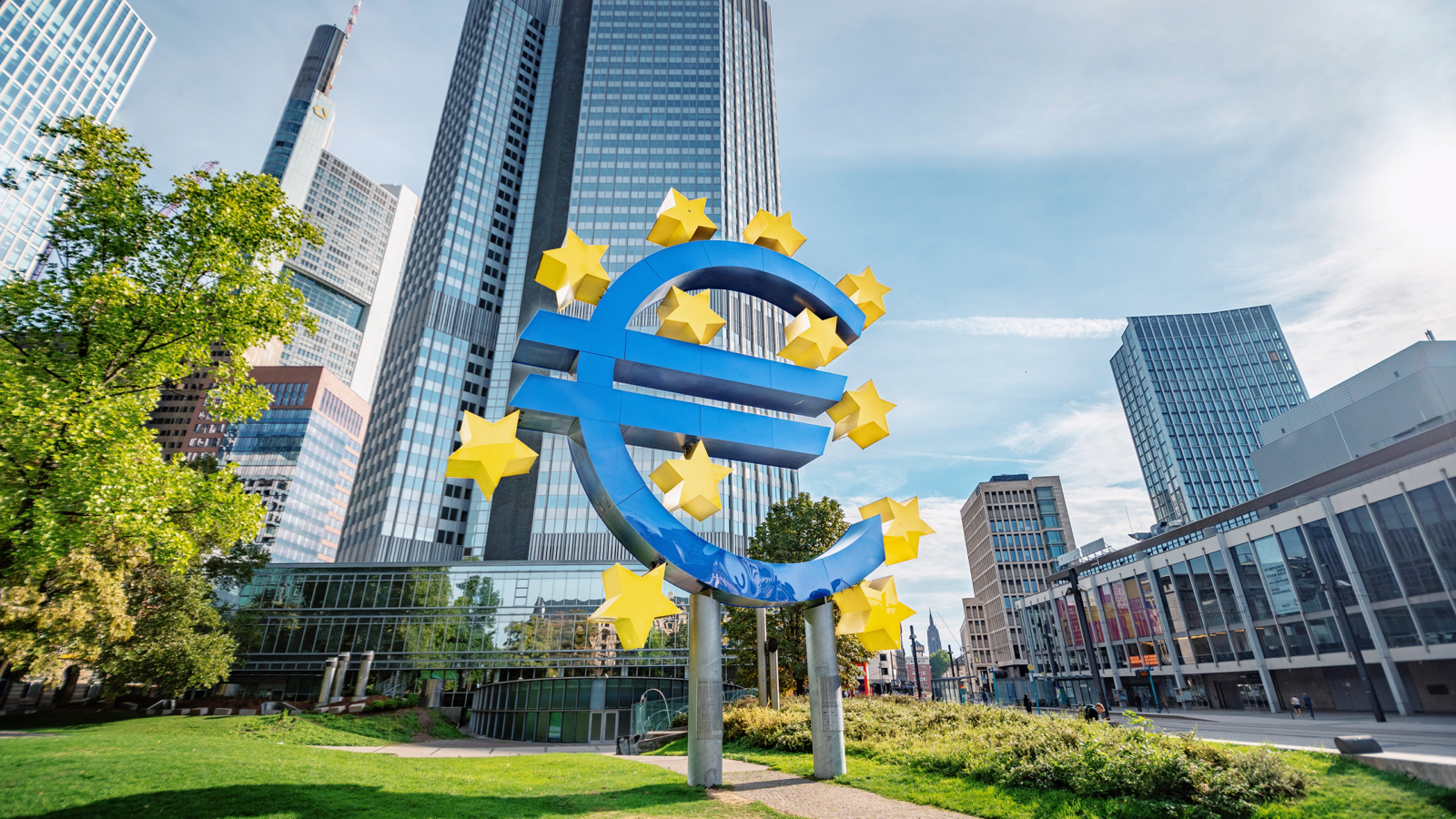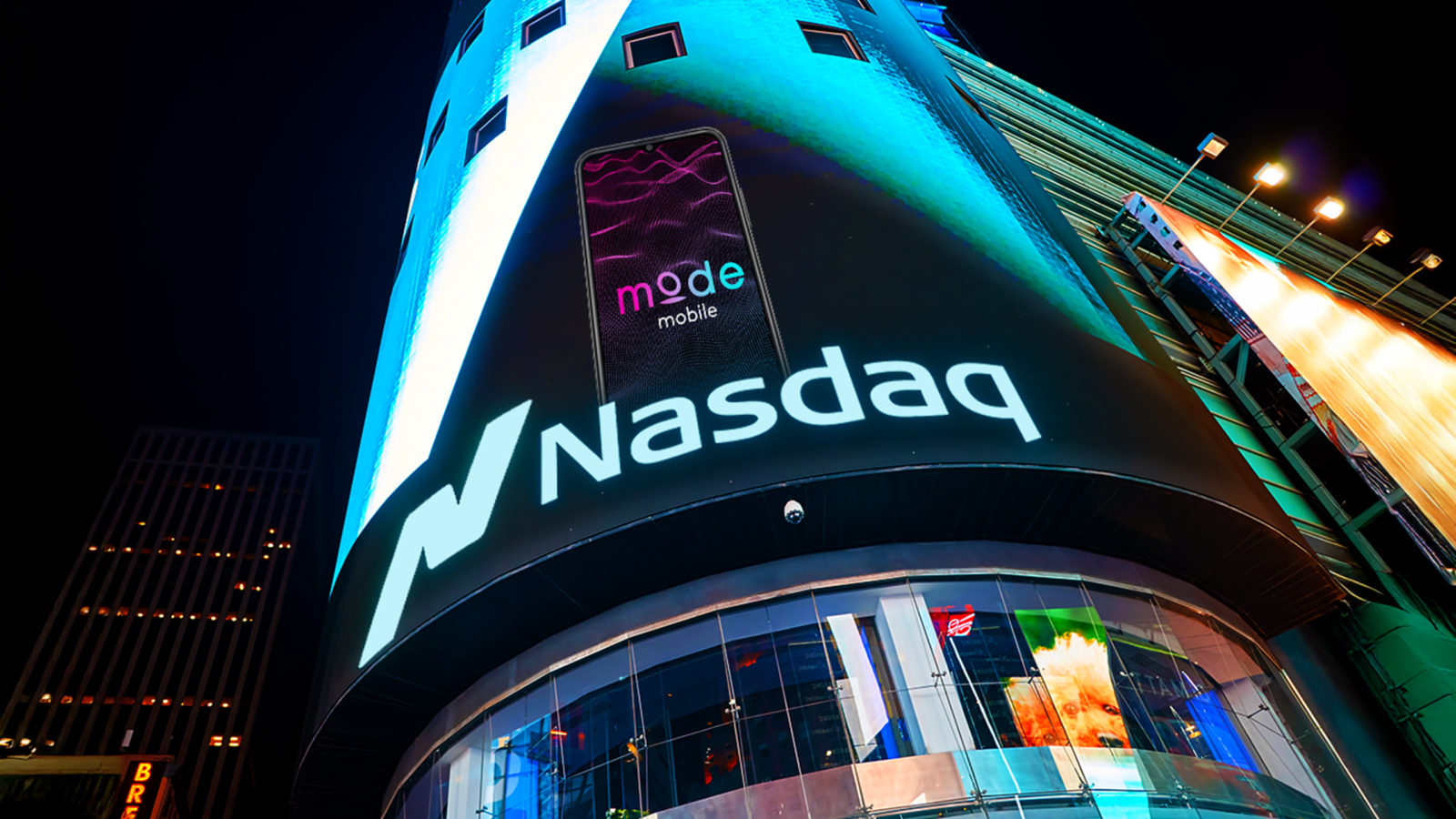Good morning and welcome back from the long weekend.
That’s a markdown Shein isn’t loving.
Bloomberg reported on Monday that the Chinese e-commerce giant of suspiciously-cheap-clothing fame, is considering slashing its valuation to get its London IPO over the line. These are hard times for Shein, whose business model was undercut by a Trumpian executive order that closed the tax loophole it had been using to ship packages. Adding high-tariff imported salt to the wound, Bloomberg reports that Shein has also just been overtaken in US sales by TikTok’s budding e-commerce efforts in the country. Shein wasn’t bargaining on any of this.
Europe Basks in Solid Earnings Season, But One Factor Weighs Heavy

European equities have charged out of the gate in 2025 as if they were Alexander the Great’s prized steed Bucephalus, rising almost 11%, according to a Société Générale analysis. This is despite Goldman Sachs, for one, forecasting just 0.8% growth in the Euro Area this year, and it’s happening in the face of potentially ruinous tarifs américains.
Taking Stock
So with the Euro Area growing at a slug’s pace and President Donald Trump talking tariffs, why are European equities partying? Start with the fact that slow growth, which has lasted for two years, means bargain valuations, something that’s drawn back foreign investors who withdrew from Europe at the start of the war in Ukraine. It doesn’t hurt that JPMorgan and Goldman Sachs have cautioned US stocks, after two barnburner years, could be overvalued.
But there is also a symphony of supportive economic fundamentals. The fall in the euro in recent months, down to $1.05 from $1.12 in September, is a good sign for Euro Area exports. The rate-cut cycle has continued at the European Central Bank, while the US Federal Reserve has pressed the pause button. And tariff saber-rattling from America has made some investors optimistic Europe will unify around major projects like defense and artificial intelligence (on Monday, Euro Area defense stocks rallied as the continent’s leaders gathered in Paris for an emergency summit on Ukraine).
If things seem chirpier than expected so far, that doesn’t mean Europe is worry free:
- Goldman Sachs analysts said companies on the Stoxx Europe 600 Index beat fourth-quarter profit estimates by 4%, or “well above” historical averages — recent earnings beats have included luxury French fashion house Hermès, German conglomerate Siemens, and Swiss food and drink giant Nestlé. But companies have also slashed full-year projections by roughly 0.5% since the start of the year in what Goldman dubbed “pessimism” likely driven by tariff concerns.
- There are possible conditions that could offset these fears. It’s very likely that the conservative, business-friendly Christian Democratic Union will be the largest party in the Bundestag following this Sunday’s German election. And an end to the war in Ukraine would remove a considerable amount of geopolitical turmoil.
What’s In a Name? Europe’s not alone in trying to find its footing in our new world of tariffs, duties and levies. In a Truth Social post on Friday, Trump offered a dictionary-bending broad definition of tariffs by other countries that he said he would impose counter-tariffs on — these included value-added taxes, subsidies, and regulatory barriers. Nomura analysts said this likely exposes most major Asian economies to the counter-tariff threat, and they gave Trump’s new, unclear definition a nickname: “black box.”
Opportunity’s Calling

Mode Mobile is gearing up for a possible Nasdaq listing (ticker: MODE). But the real opportunity is now – before they hit the big stage.
Mode’s disruptive smartphone innovation puts money in customers’ pockets for simply using their phones. That’s why 45M+ people use it worldwide. Mode has already helped them earn and save over $325M – earning $60M+ in revenue in the process. And with retail partnerships with names like Best Buy and Walmart, they’re scaling this breakthrough as far as possible.
Now, Mode is giving investors the chance to become a pre-IPO investor as they seek to transform the $1T smartphone industry for good. Invest by 2/20 and get up to 2X bonus shares.*
A Uranium Crunch Looms Over Nuclear’s Parade
Uranium doesn’t grow on trees, which is generally a good thing but its scarcity has been murder on the suddenly ascendant nuclear industry.
The sector has been soaring on an atomic tailwind thanks to the energy demands of AI-hungry tech companies, but dwindling uranium supplies could gum things up, the Financial Times reported on Monday. On top of a diminishing pile of uranium, there’s also the awkward geopolitical fact that its top producer, Kazakhstan, is chummier with neighbors Russia and China than it is with western countries eager to throw up new nuclear power plants — or reactivate old ones.
Supply Chain Reaction
The world’s uranium supply entered a surplus phase following the Fukushima nuclear accident in 2011, when world powers got an uncomfortable reminder of what’s at stake when a nuclear reactor malfunctions. Pre-Fukushima, the price of uranium peaked at $136 per pound, per Nikkei Asia, but after the accident, the bottom fell out of the market and that price point plummeted to between $20 and $40. In 2024, the rush for nuclear power drove the price of uranium to post-Fukushima highs: It hit $91 per pound in January last year.
As supply tightens and with demand still high, nuclear costs can’t help but rise. It’s nothing the industry hasn’t wrestled with before, but geopolitics cast a long shadow over the uranium supply chain:
- “Russian and Chinese players have been very keen to secure access to resources in central Asia and Africa, creating a very aggressive competitive environment,” Benjamin Godwin, partner at Prism Strategic Intelligence, told the FT.
- Cory Kos, vice president of investor relations at Canadian uranium producer Cameco, agreed that the company was seeing “more flows of material into China,” adding: “As an industry, we’re living off borrowed time […] inventory that’s running out has kept the supply chain going.”
Oh, Canada: Kazakhstan wasn’t always the world’s biggest uranium producer. Until 2008, Canada held the world’s uranium crown, and according to another FT report, it’s trying to reclaim it. It’s now the world’s second-largest producer, and Canadian mining companies are racing to set up new mines to capture the nuclear zeitgeist. As Canadian energy and natural resources minister Jonathan Wilkinson told the FT, “Not only does Canada mine enough uranium to fuel our domestic reactors, but we are also the only country in the G7 that can supply uranium to fuel our allies’ reactors.” Wilkinson is probably hoping uranium doesn’t end up on any new lists of tariffs Trump is drawing up.
US Corporate Delinquencies Near Eight-Year High Amid Interest-Rate Squeeze
New data on corporate loans don’t make for soothing bedtime reading.
Even with a booming economy and stock market in the past two years, credit card delinquencies and auto loan defaults have reached decade plus-highs. And now US companies are missing loan payments at the highest rate in almost eight years, according to new data.
Nobody’s Default But My Own
Corporate credit has been a sturdy and dependable revenue source for banks in the wake of the pandemic, especially compared with other forms of lending.
After Covid restrictions on defaults were lifted, credit card and auto loan delinquencies almost immediately spiked in 2023, with households burdened by a highly inflationary environment. Commercial real estate defaults also skyrocketed, given the semi-permanent pivot away from pre-pandemic professional life (no matter how much Jamie Dimon wishes otherwise).
Corporate delinquency rates have risen much more slowly, but even their reliability appears to be slipping, if only a little. A key reason is interest rates, which are historically still very high at 4.5%, despite last year’s Fed cuts. Corporate bank loan delinquencies are especially susceptible to the Fed rate because corporate loans are typically made with variable interest rates — meaning they fluctuate based on market conditions:
- Corporate borrowers were a month or more late on $28 billion in debt payments to banks at the end of 2024, according to new data collected by analysts at BankRegData and reported by the Financial Times on Monday. That marked an increase of $2.2 billion in the fourth quarter and $5.4 billion year-over-year.
- The delinquency rate on loans by American banks to domestic and foreign companies rose to 1.3% at the end of last year, the highest since the first quarter of 2017.
Expect the Expected: Companies expected sustained relief from high interest rates after inflation slowed last year and the Fed began lowering its key rate. But recent data — notably consumer prices rising 3% in January, well above the central bank’s 2% target — have left the Fed’s policymakers in a holding pattern, one where many businesses are stuck with higher variable rates on their loans. To make matters worse, analysts and economists have warned that any potential trade wars could inflame inflation, leading the Federal Reserve to hold off on rate cuts even longer.
Extra Upside
- Seeking Out: South Korea banned new downloads of the DeepSeek AI chatbot app, saying it didn’t comply with the country’s data protection laws.
- Cable News: Meta officially announces new 31,000 mile-long, globe-spanning internet cable.
- The Hustle is a must-read for budding billionaires. Their daily newsletter delivers the latest stories in business and tech – what to learn from them, and how to capitalize. Follow their lead.**
** Partner
Just For Fun
Disclaimer
*Please read the offering circular at invest.modemobile.com. This is a paid advertisement for Mode Mobile’s Regulation A offering. Any IPO timing is unknown, general steps to be accepted have not been undertaken at this point, and that listing is not guaranteed.

